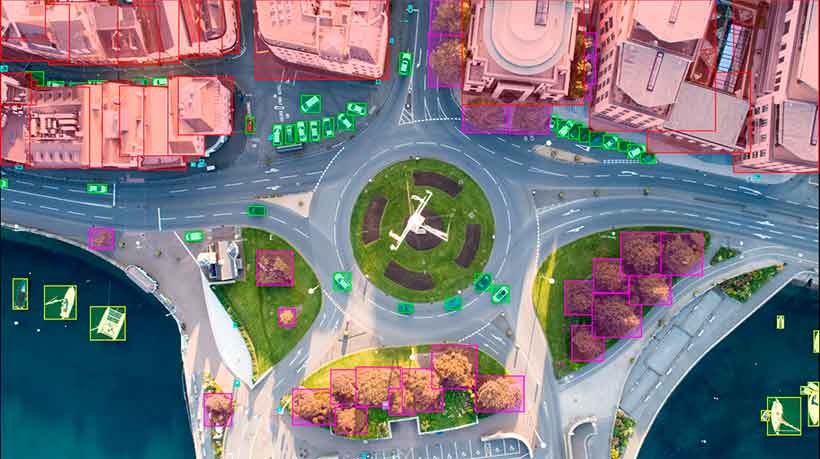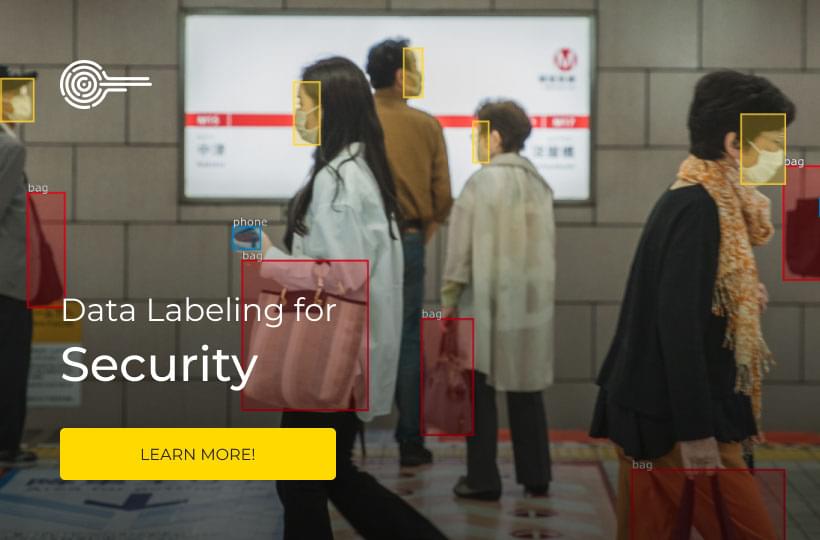Keeping Tabs on City Spaces with Computer Vision

City authorities have a responsibility to keep the spaces they manage safe. However, as cities grow larger and more complex this challenge becomes more daunting. More monitoring is necessary if cities are hoping to respond to and prevent accidents and injuries on their property.
This is why many planners are turning to autonomous, AI powered, CCTV monitoring. Most modern cities are already heavily surveilled. Computer vision models can make sure that these cameras are being exploited to their fullest.
However, for city monitoring tech to be successful developers need better training data. The annotation process helps AI models to learn by adding information to images and video. Image and video annotation specialists, like Keymakr, are often best placed to provide exceptional annotation services to developers working in this sector.
Firstly, this blog will focus on the challenges facing cities as they try to keep their spaces safe. Secondly, we will look at how AI can help. Thirdly, we will identify some important data annotation methods. And finally, we will show how data annotation providers can help the development process.
A lot to cover
There are a wide range of property types that cities need to monitor and keep safe. Each one has its own unique challenges:
- City property: Cities maintain large facilities which are often open to interaction with the public. Water treatment and distribution systems can contain dangerous machinery as can electrical substations and power lines. All of these facilities need to be monitored for signs of trespass and accidents.
- Public infrastructure: In addition to built facilities cities also have responsibility for public infrastructure. Telephone equipment, street lighting, highways, tunnels, and bridges all need to be kept safe and monitored for accidents.

Smart CCTV
City authorities are tasked with looking after a lot of real estate. It is also inevitable that accidents will occur on city property. As a result, a large number of safety incidents across city infrastructure create a strain on emergency services and safety teams.
However, computer vision AI can help. CCTV systems can be integrated with computer vision models that can monitor spaces autonomously. AI models are able to handle many CCTV streams simultaneously and can identify when there is unusual activity indicative of a potential accident. The system can then advise city authorities who can make a decision based on the early warning provided.
Constructing training datasets
Annotated images and video help AI models to interpret complex digital images and video. The right annotation strategies allow computer vision based monitoring systems to perform better:
- Video annotation: Cities are dynamic and constantly changing. Video training data is essential if AI models are to interpret CCTV footage. However, labeling thousands of individual frames can be costly and time consuming for AI developers. Annotation services can remove this burden and speed up annotation with object interpolation features.
- Lane annotation: This annotation type is used to identify the shape of linear objects in training data. Roads, pipes and bridges can all be symbolised with this technique. This makes lane annotation vital for city monitoring AI.

Finding good annotation services
The right annotation partner can accelerate development timetables. Keymakr supports AI innovators and offers unique advantages:
- Quality control: Keymakr uses three levels of human checks to verify annotations. They also use a script to run an automated check.
- Managed teams: Keymakr’s in house team is led by experienced managers. This means that annotation tasks are completed on time and to high levels of accuracy.
- Annotation tools: Keymakr’s proprietary annotation tool is designed to streamline annotation with unique management and workflow options.
Contact a team member to book your personalized demo today.



